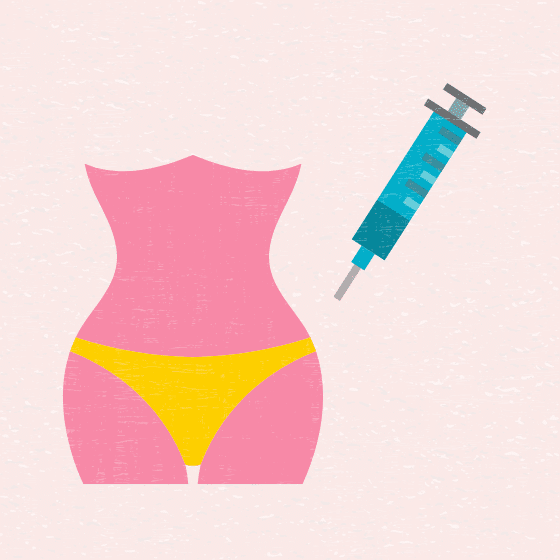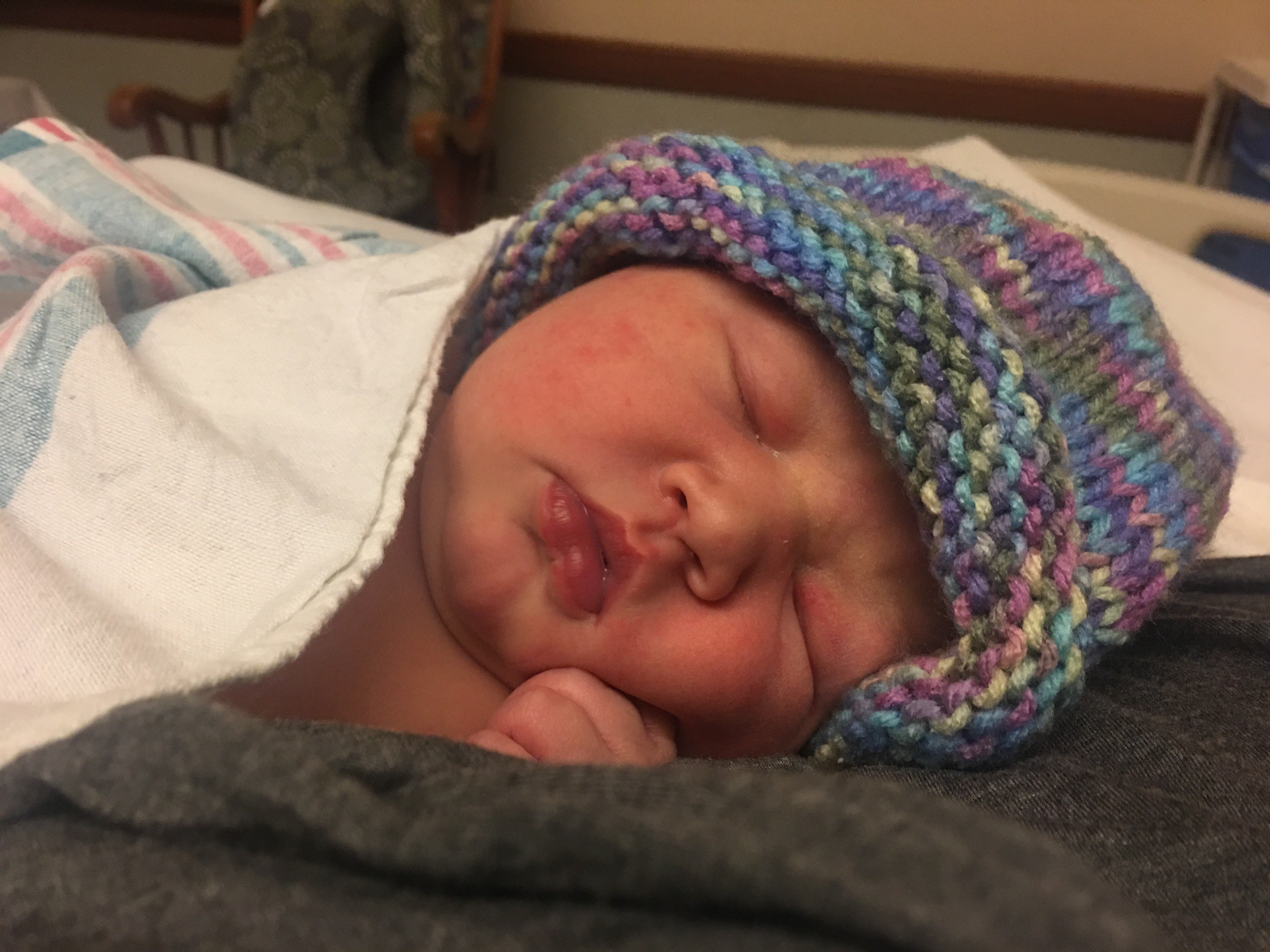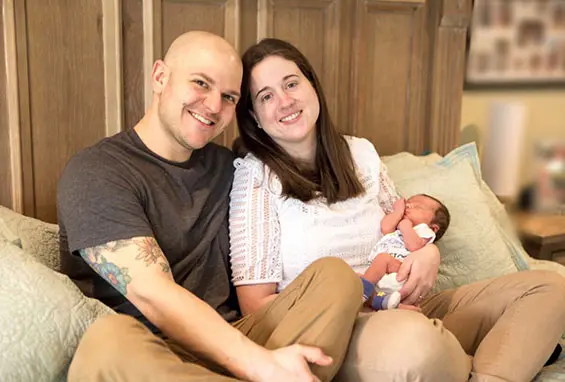Ovulation Induction
For people who are not ovulating regularly, the goal of treatment is to mature and ovulate a single egg — this is known as ovulation induction.
About 50 percent of treatment cycles performed at Shady Grove Fertility include ovulation induction and intrauterine insemination (IUI) — basic treatments requiring less medication and fewer monitoring appointments with a lower cost.
Ovulation induction process
Clomiphene citrate (Clomid, Serophene) is a commonly used ovulation induction medication. It is used primarily to treat women who have ovulation disorders as reflected by infrequent or irregular menstrual cycles. Approximately 80 percent of women taking clomiphene citrate will successfully ovulate, but fewer than 50 percent of patients will conceive.
Though clomiphene citrate is generally well tolerated, it can cause hot flashes and mood changes as well as lead to cervical mucus changes and thinning of the uterine lining that can negatively impact success rates. Another risk to consider is the increased chance of multiples — which is around 10 percent — compared to the natural rate of twinning, which is between 1 to 2 percent.
FAQs
Patient stories
Patient Story
Tiane & Lyndon
Patient Story
Lindsay & Sean
Patient Story
Meghan & Joshua
Patient Story






